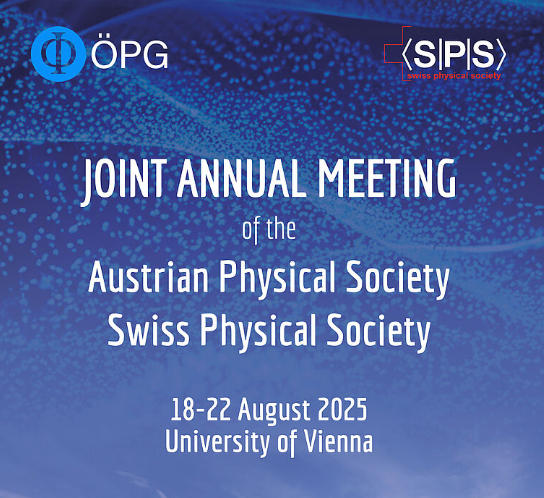https://doi.org/10.1140/epja/i2017-12250-5
Regular Article - Theoretical Physics
Mass distribution of fission fragments within the Born-Oppenheimer approximation
1
Department of Theoretical Physics, M. C. S. University, Lublin, Poland
2
Institute for Nuclear Research, Kiev, Ukraine
* e-mail: pomorski@kft.umcs.lublin.pl
Received:
19
December
2016
Accepted:
6
March
2017
Published online:
23
March
2017
The fission fragments mass-yield of 236 U is obtained by an approximate solution of the eigenvalue problem of the collective Hamiltonian that describes the dynamics of the fission process whose degrees of freedom are: the fission (elongation), the neck and mass-asymmetry modes. The macroscopic-microscopic method is used to evaluate the potential energy surface. The macroscopic energy part is calculated using the liquid drop model and the microscopic corrections are obtained using a Woods-Saxon single-particle levels. The four-dimensional modified Cassini ovals shape parametrization is used to describe the shape of the fissioning nucleus. The mass tensor is taken within a cranking-type approximation. The final fragment mass distribution is obtained by weighting the adiabatic density distribution in the collective space with the neck-dependent fission probability. The neck degree of freedom is found to play a significant role in determining the final fragment mass distribution.
© The Author(s), 2017




